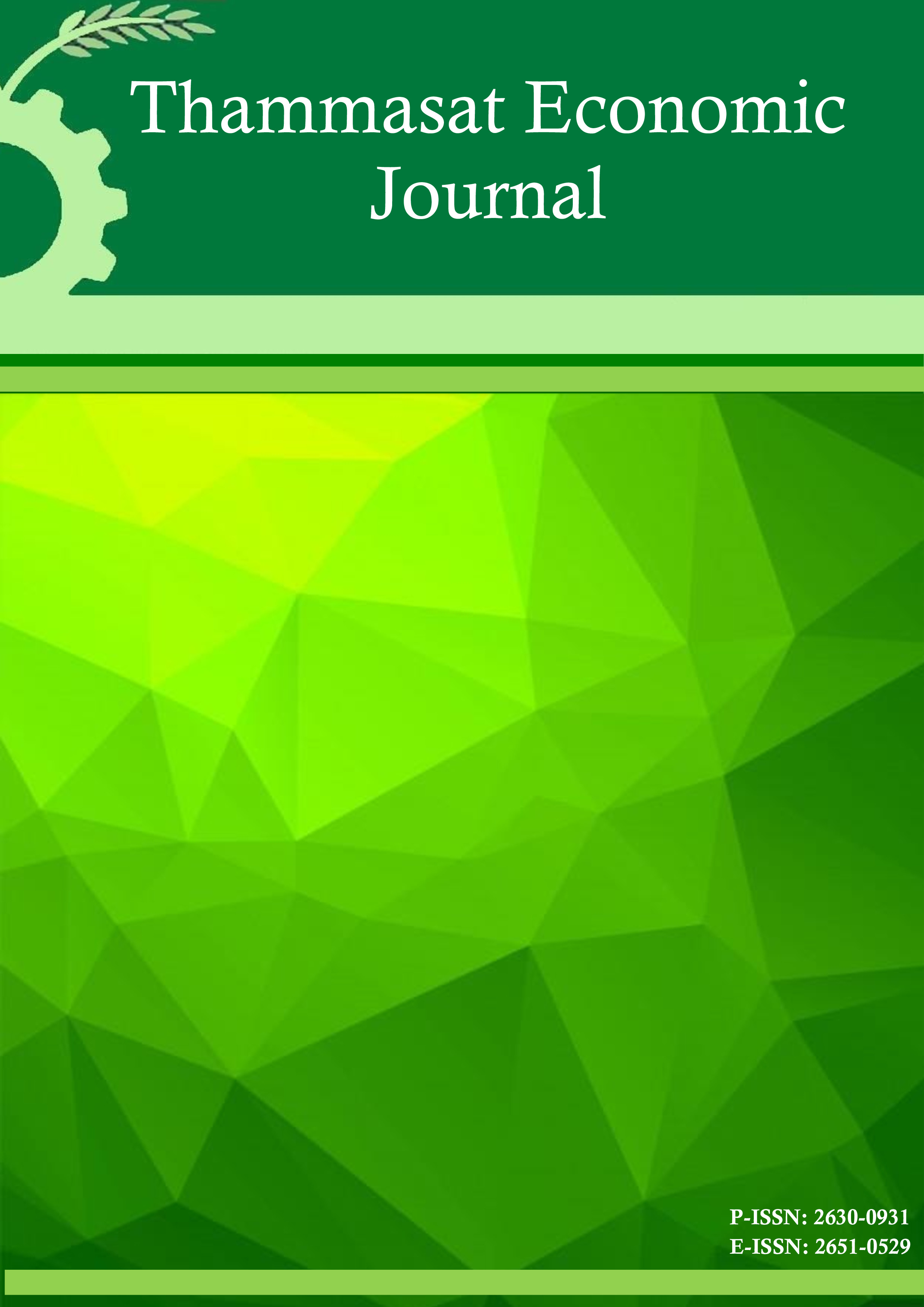Competition Strategy between Proprietary and Open Source Software in the Presence of Software Piracy and Network Externalities
Abstract
This study attempts to explore the price strategic competition between the proprietary and the open source software as well as the market outcomes in the presence of both software piracy and network externalities. The theory of horizontal product differentiation Hotelling-like framework is employed as a backbone of the model. The results suggest that software piracy is an important strategy for the commercial software firm affecting the structure of competition in the market. Under perfectly incompatible systems, giving more benefit to users in forms of after sale services is a useful strategy to beat both the open source software and the software piracy out of the software industry. However, open source software can survive in the market if its user base is large enough or it gives a significant benefit to its users. Finally, proprietary firms intend to protect their software against piracy if the degree of network externalities is weak. Otherwise, it will allow software piracy in order to increase its user base and exploit the network externalities later on.
References
2. Bonaccorsi, A., Giannangeli, S. and Rossi, C. 2006. “Entry Strategies under Dominant Standards: Hybrid Business Models in the Open Source Software Industry.” Management Science Vol.52 (7): pp.1085-1098.
3. Buxmann, P. 2006. “Network Effects on Standard Software Markets: A Simulation Model to Examine Pricing Strategies.” in Proceedings of the 2nd IEEE Conference on Standardization and Innovation in Information Technology, SIIT (October 3-6, 2001). Boulder, CO: IEEE: pp.229-240.
4. Casadesus-Masanell, R. and Ghemawat, P. 2003. “Dynamic Mixed Duopoly: A Model Motivated by Linux vs. Windows.” Management Science Vol.52 (7): pp.1072-1084.
5. Conner, K. R. and Rumelt, R. P. 1991. “Software Piracy: An Analysis of Protection Strategies.”
Management Science Vol.37: pp.125-139.
6. Dalle, J. and Jullien, N. 2001. “Open-Source vs. Proprietary Software.” Invited lecture at ESSID
Summer School, Cargèse (September). <https://opensource.mit.edu/papers/dalle2.pdf>
7. Economides, N. and Katsamakas, E. 2006. “Two-Sided Competition of Proprietary vs. Open Source Technology Platforms and the Implications for the Software Industry.” Management Science Vol.52 (7): pp.1057-1071.
8. Gayer, A. and Shy, O. 2003. “Copyright Protection and Hardware Taxation.” Information Economics and Policy Vol.15: pp.467-483.
9. Hotelling, H. 1929. “Stability in Competition.” The Economic Journal Vol.39, No.153: pp.41-57.
10. Katsamakas, E. and Xin, M. 2005. “An Economic Analysis of Enterprise Adoption of Open Source Software.” NET Institute Working Paper No.05-29.
11. King, S. P. and Lampe, R. 2003. “Network Externalities, Price Discrimination and Profitable Piracy.” Information Economic and Policy Vol.15 (3): pp.271-290.
12. Lerner, J. and Tirole, J. 2002. “Some Simple Economics of Open Source.” Journal of Industrial Economics Vol.50: pp.197-234.
13. Lin, L. 2006. “Impact of Users’ Expertise on the Competition between Proprietary and Open Source Software.” Proceedings of the 39th Hawaii International Conference on System Sciences Vol.8.
14. Mustonen, M. 2003. “Copyleft – the Economics of Linux and Other Open Source Software.” Information Economics and Policy Vol.15 (1): pp.99-121.
15. Netcraft. 2001. “2001 Web Server Survey.” Netcraft Secure Server Survey. <https://survey.netcraft.com/index-200109.html>.
16. ________. 2007. “April 2007 Web Server Survey.” Netcraft Secure Server Survey.<https://news.netcraft.com/archives/2007/04/02/april_2007_web_server_survey.html>.
17. Peitz, M. 2004. “A Strategic Approach to Software Protection: Comment.” Journal of Economics and Management Strategy Vol.13: pp.71-79.
18. Poddar, S. 2005. “Network Externality and Commercial Software Piracy.” Department of Economics, National University of Singapore, Departmental Working Paper No.wp0516.
19. Shapiro, C. and Varian, H. R. 1999. Information Rules: A Strategic Guild to the Network Economy. Boston, MA: Harvard Business School Press.
20. Shy, O. 2001. The Economics of Network Industries. Cambridge, U.K.: Cambridge University Press.
21. Shy, O. and Thisse, J. 1999. “A Strategic Approach to Software Protection.” Journal of Economics and Management Strategy Vol.8: pp.163-190.
22. Slive, J. and Bernhardt, D. 1998. “Pirated for Profit.” Canadian Journal of Economics Vol.31: pp.886-899.
23. Takeyama, L. N. 1994. “The Welfare Implications of Unauthorized Reputation of Intellectual Property in the Presence of Demand Network Externalities.” Journal of Industrial Economics Vol.42: pp.155-166.
24. Tirole, J. 2000. The Theory of Industrial Organization. Cambridge, MA: The MIT Press.
25. Von Hippel, E. and von Krogh, G. 2003. "Open Source Software and the ‘Private-Collective’ Innovation Model.” Organization Science Vol.14 (2): pp.209-223.










